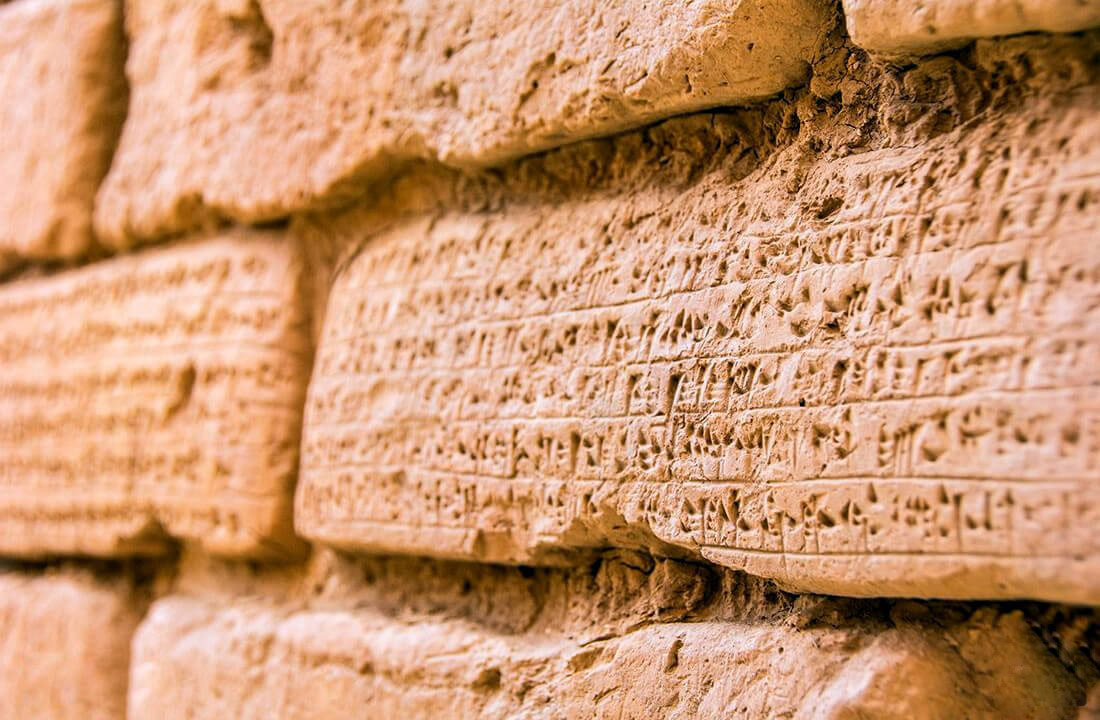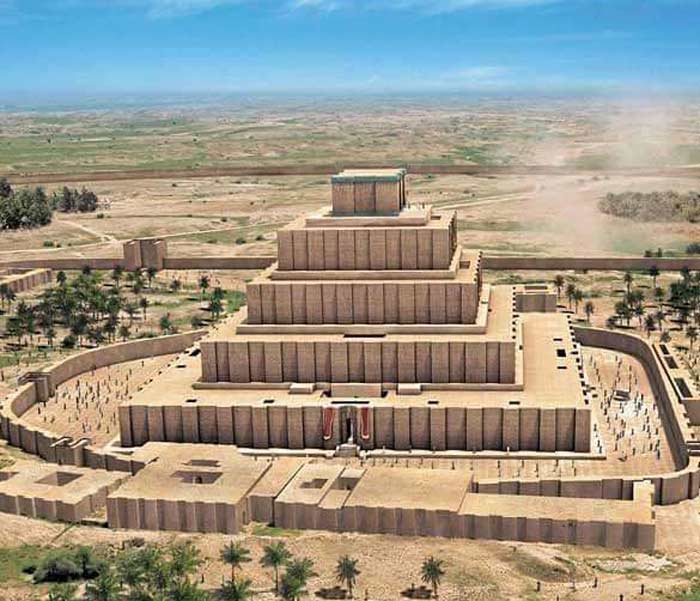We recommend joining us on this trip if you are passionate about historical and adventurous journeys to the depths of ancient history; Iran Travel Guide Center will be introducing an amazing building and relic from the Elamite era within one of the ancient cities in the centre of history. In the heart of Duravantash or Choghaznabil, there is a beautiful temple. Chogha Zanbil Ziggurat is the first historical monument of Iran listed on the UNESCO World Heritage List.
Chogha Zanbil Ziggurat- an introduction
You must have heard of Chogha Zanbil Ziggurat if you know a little about the history of the Elamites and their ancient civilization. The ziggurat of Chogha Zanbil is a remnant of the Elamite period, covering an area of 100 hectares.
A flat, amazing building, the ziggurat of Chogha Zanbil or Choghazanbil Temple in Shush of Khuzestan Province is the most important building of this ancient city. During the second half of the second millennium BC, the city was built by one of the most powerful kings of Elam. In 640 BC, the city was destroyed by Ashurbanipal, king of the Assyrians at Huban Holtash, the last king of Elam. An inscription states:
“I turned Susa into a ruin, razed the temples of Elam to dust, shattered the ziggurats of Susa glazed with azure-coloured bricks, and made Elam crumble before my eyes. Human voices and joyous cries vanished before my eyes….”

The ziggurat of Chogha Zanbil’s importance and value led to its recognition as a national monument in December 1969 and its inclusion in the UNESCO World Heritage List in 1979. Following is more information about this incredible building.
Reason for naming Chogha Zanbil Ziggurat temple
When Choghaznabil was discovered, and before this area’s scientific and archaeological excavations, a large hill resembling a basket had returned; hence it became known as Choghaznabil. This name is composed of “Chogha,” called hill in the Lori language, and “Zanbil,” which means basket. However, based on the inscriptions and brick inscriptions obtained from this area, the original name is “Al Untash” in the Elamite language and “Dur Untash” in the Akkadian language.
According to the same inscriptions, this city was built during the heyday of Elam by order of Ontash Napirisha, one of the powerful kings of this empire; For this reason, it was called El Ontash, meaning the city or castle of Ontash.
The Architecture of Chogha Zanbil Ziggurat
The ziggurat of Chogha Zanbil was built according to religious rites and beliefs and with the best materials available in each period, offering to please the gods. The ziggurat of Chogha Zanbil is unique and a sign of the accuracy and knowledge of the builders of that time, and it is a symbol of Elamite art and architecture.
It was initially 52 meters high and consisted of five floors, but today, it is 25 meters high, and only two and a half feet remain. This structure is the first historical monument in Iran registered in UNESCO World Heritage in 1979.
Iran’s first religious building was Chogha Zanbil Ziggurat, according to Orientalists. The ziggurat is the largest in the world. Chogha Zanbil Ziggurat is regarded as a valuable monument around the globe. Two walls surrounded this temple. There were seven gates inside the inner wall.
Seven altar rows are in front of the southeastern staircase because seven is sacred for the Elamites. There used to be a chariot pass here. On the southeast gate, which is closed with bitumen, one can see the impact of the chariot. Six other cobblestone gates lead to the ziggurat.

The building is surrounded by paving; you can see children’s footprints on some of the paving. Each of the four corners of this huge building faces four geographical directions, suggesting they knew their way around north, south, east, and west.
The first floor dimensions are 105 meters by 105 meters, located one meter above the ground, and its walls are three meters wide. The second floor dimensions are 8 meters high and about 16 meters wide. A row of arched entrances connects the rooms on the first floor at four meters, but the rooms on the second floor are independent, with each accessible only via its stairs.
Where to stay on a trip to Chogha Zanbil Ziggurat?
Fortunately, many cheap accommodations near Chogha Zanbil Ziggurat welcome tourists and travellers, and you can spend a memorable night in them. The names of some of these accommodations are as follows:
- Ahmad Ecotourism Resort: Shush, Khamat village
- Abu Ali Ecotourism Resort: Shush, Daniel, Haft Tappeh, Khamat village
- Durantash or Ahura Daniel Ecological Residence: Shush, Haram Street
- Avan Ecotourism Residence: Shush, Haft Tappeh District,
The ziggurat of Chogha Zanbil: things to know
Please observe the following points when visiting this site for this valuable work to survive for future generations:
- This area is equipped with restrooms.
- Chogha Zanbil Ziggurat World Heritage Site lacks a grocery buffet or shop, so bring water.
- Tickets can be purchased online through Choghaznabil’s World Wide Website.
- Smoking and littering are prohibited throughout the venue.
- During the rainy season and for a minimum of 12 and a maximum of 24 hours after that, visiting the area is prohibited to prevent damage to the brick carpet floor and structures.
- Written permission is required for any professional photography or filming of the collection, either by land or air.




No comment